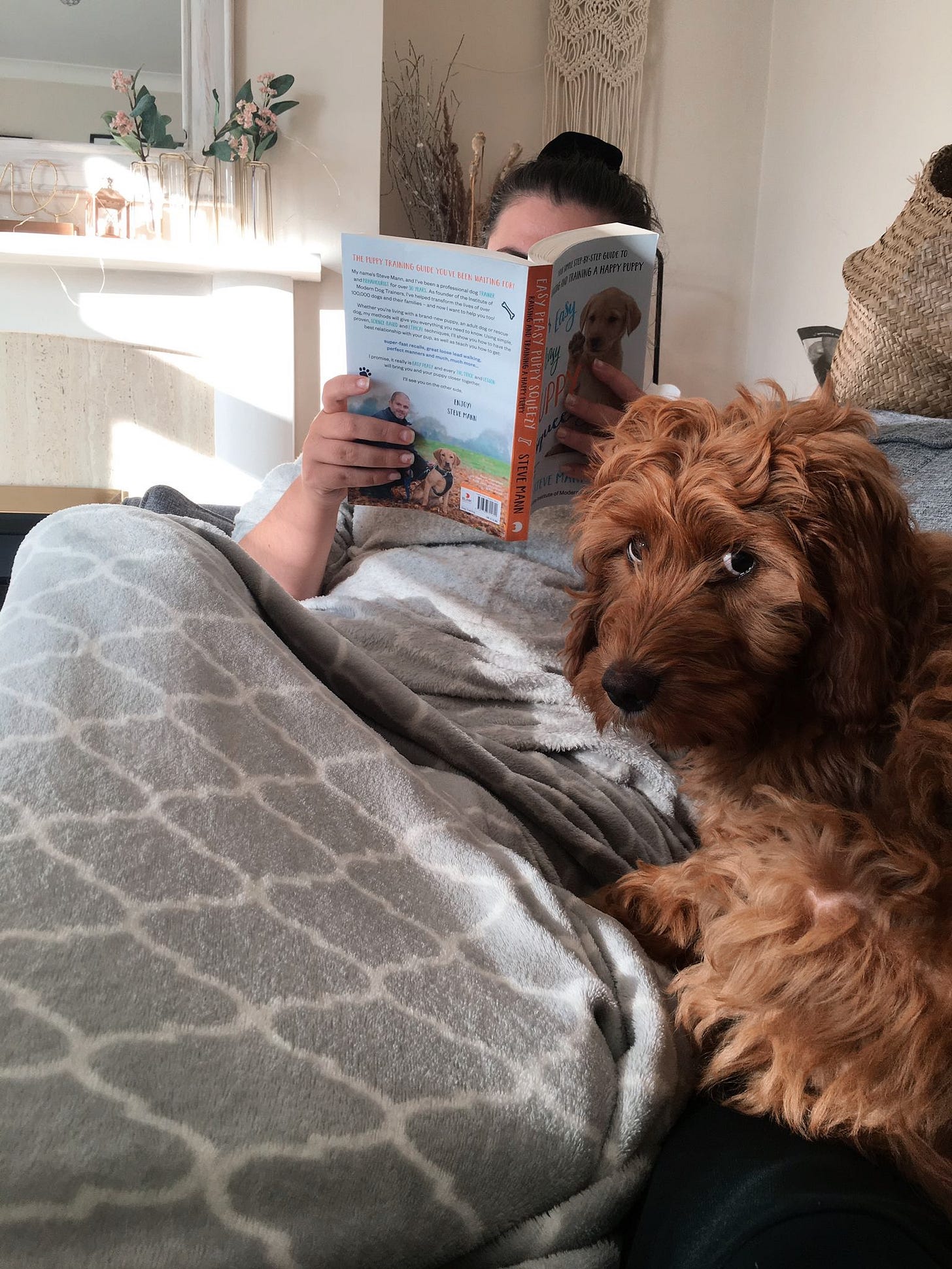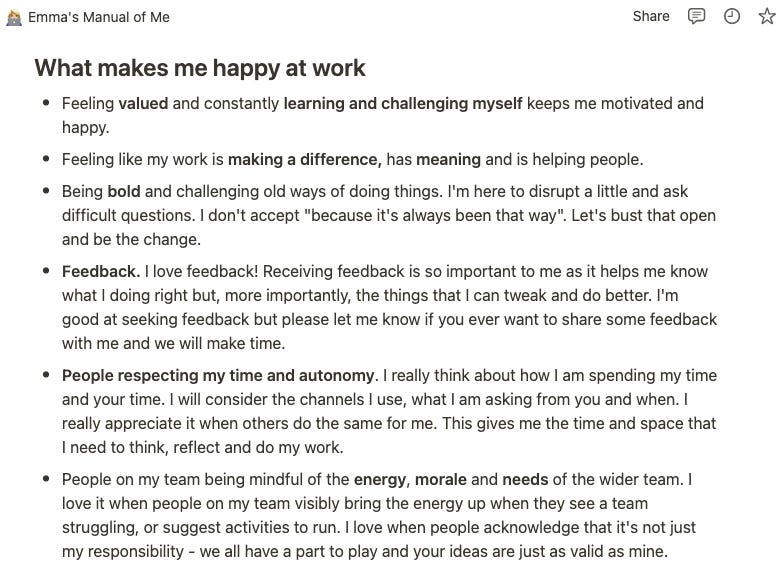A Manual of Me
How we make our teams feel valued, heard and empowered to do their best work
Valuing each other and the richness that we bring to the team is important here at Made Tech. We make sure we spend time together outside of projects to hang out, to learn more about each other and to blow off a bit of steam. But is there more we can do to bond us and make us feel valued and heard?
Creating time and space for teams to cut loose
Sometimes, social time here is cooking dinner together remotely. There’s Slack channels like #x-animal-anarchy, where there’s a steady stream of pet pictures throughout the day. We have a cycling group on Strava. There’s a remote book club that meet every month or so. And of course there’s axe throwing. Are you even a design studio if you don’t have this event in your calendar at least once a year? There’s always something happening, whatever our personal interests, availability or preference for what feels fun for work socials.
Understanding what teams need
This social space outside of work is so important as it helps us bond. It’s a release valve from the pressures of work. But I’ve noticed that it doesn’t help me understand how to best support my teams and the wonderful humans in them.
Since switching to remote-first working with people all over the country, I’ve found myself spending a lot of time reflecting on:
How I can boost the morale and energy of teams remotely, now my super powers of hot-drink making, buttery toast and badly-organised baking competitions have been stripped away
How important things like clothing choice, pace of walking through the office and where my colleagues are eating lunch are in giving me an insight into how they’re really doing and what they need from me
Like most of my inspiration from the past year, Vivanne Castillo’s brilliant Humanity-Centred Masterclass reminded me of a tool that can help with this. There was a module about “Fear and Scarcity as a Mindset in UX” and Behzod Sirjani shared his Operating Manual. It’s a tool he uses with his teams to help improve how they work together, by sharing reflections on what they need to do their best work. And it inspired me to dust mine off and update my own Manual of Me.
What’s in a Manual of Me?
There are lots of different templates that you can find online that can help you get started (I’d recommend this one by Claire Barrett). The main gist of all of them is to share more about how you communicate, defining and explaining things people might notice about how you work, setting boundaries and how you like to receive feedback. I also include what makes me happy at work and what drains me.
And how does that help teams?
There’s four key things that I think this helps with:
It gives you an explicit and transparent way of communicating with your team what you need to do your best work. And the reverse – it helps you learn what the other people in your team need to do their best work.
It gives other people advice and ideas about the best way for people to interact with and support you. As an example, someone may call out that they need time to think and process before making decisions. By knowing this, I know to share all the documents I have before a session with them, so that they can show up feeling prepared.
It creates space and time for self-reflection. This is never a bad thing to practice as it helps us all grow. And I’ve found this activity really useful for helping folk become more self aware and mindful of their behaviour and impact on others.
It creates safety and trust. As Razi said to me this week after sharing my Manual of Me: “It's the power of vulnerability that essentially brings us all closer”.
Sharing a Manual of Me at the start of project can lead to better work, more efficiency and can help avoid some of the bumps that can hit teams early on. But more importantly, it helps people to feel heard, supported and valued.
In a role that is so focused on empathy for the people using the things we’re designing, it’s important that we don’t forget to have empathy and patience for the people on our teams. And really importantly, empathy and patience for ourselves.
You can send feedback and thoughts to Emma on twitter




Love this Emma. You've inspired me to make my own manual of me.